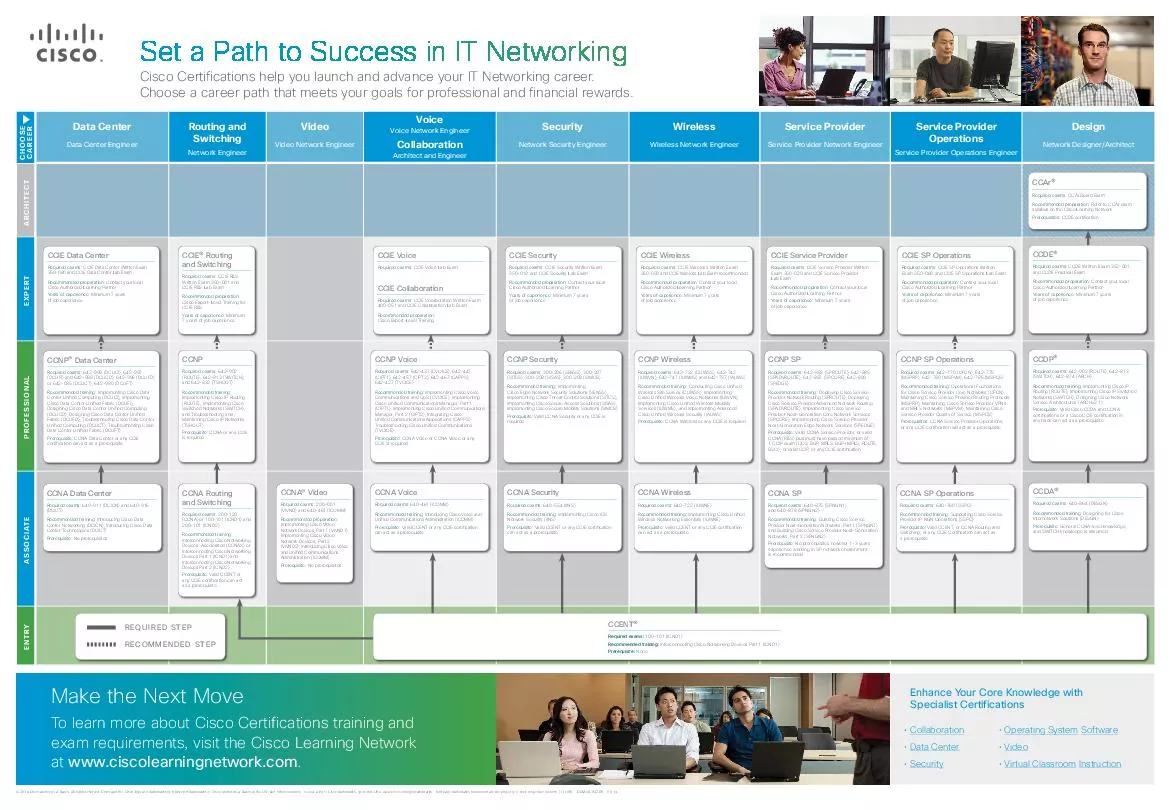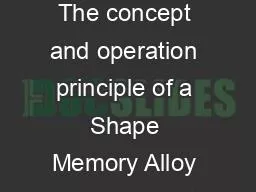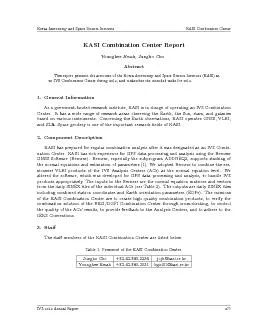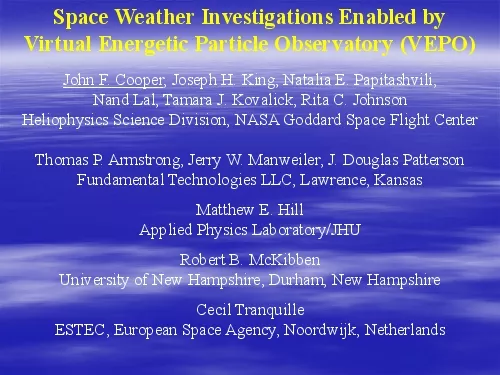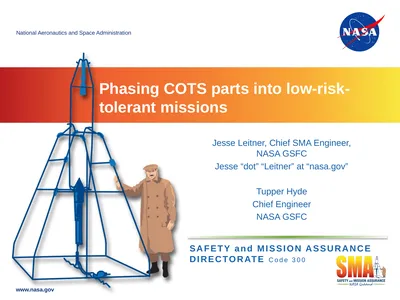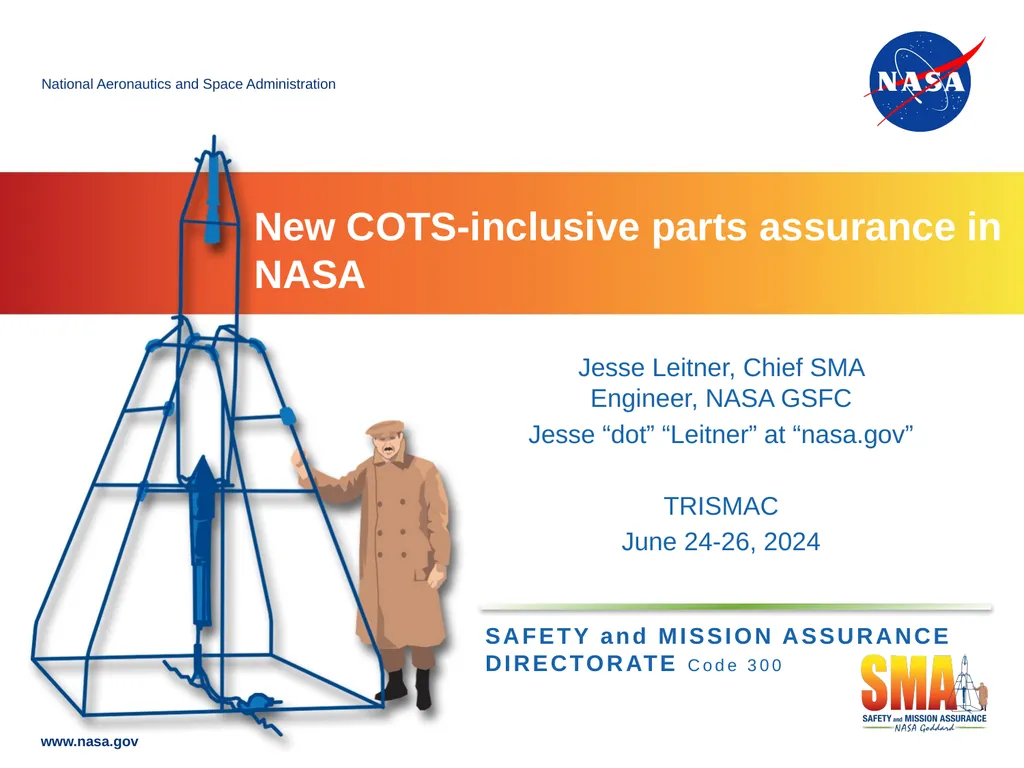
Author : briana-ranney | Published Date : 2025-07-18
Description: Jesse Leitner, Chief SMA Engineer, NASA GSFC Jesse dot Leitner at nasa.gov TRISMAC June 24-26, 2024 New COTS-inclusive parts assurance in NASA Outline Current parts situation NASA-STD-8739.10 Overview The Dual-path update Three-optionDownload Presentation The PPT/PDF document "" is the property of its rightful owner. Permission is granted to download and print the materials on this website for personal, non-commercial use only, and to display it on your personal computer provided you do not modify the materials and that you retain all copyright notices contained in the materials. By downloading content from our website, you accept the terms of this agreement.
Here is the link to download the presentation.
"Jesse Leitner, Chief SMA Engineer, NASA GSFC Jesse"The content belongs to its owner. You may download and print it for personal use, without modification, and keep all copyright notices. By downloading, you agree to these terms.
